 |
                            
|
Toyota GT-One 1999 Le Mans Car
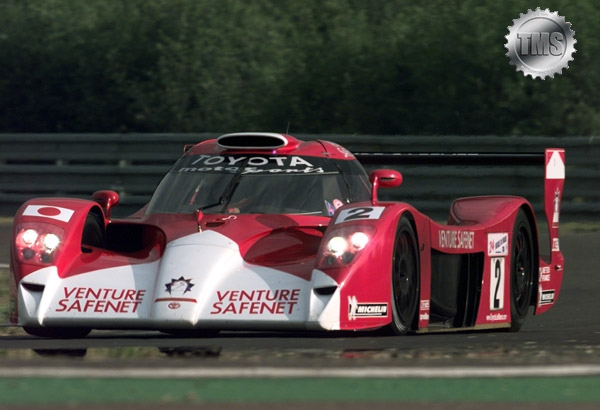
The Toyota TS020, better-known in Europe as the Toyota GT-One, was developed jointly by Toyota and Toyota Motorsport GmbH specifically to compete in the Le Mans 24-hour race. As a pure-bred prototype sports car, it made no compromise in terms of design and engineering.
The GT-One was created at Toyota Motorsport’s headquarters in Cologne, the work of a team assembled specially for the task under project leader Andre de Cortanze. De Cortanze completed the chassis concept in January 1997 and within two months work was well in hand in on the general design and details of the car’s front, rear and fuel tank. By May the doors and and rear and side structures were completed and the engine cover completed the job by September.
In its day, the design project was one of the most advanced in motor sport, being accomplished entirely on CAD systems. No drawing boards were used.
The first chassis was delivered in October 1997, the sleek shape of the bodywork having been refined using a wind tunnel in Italy. De Cortanze’s design was characterised by the minimal vents and air exits in the body.
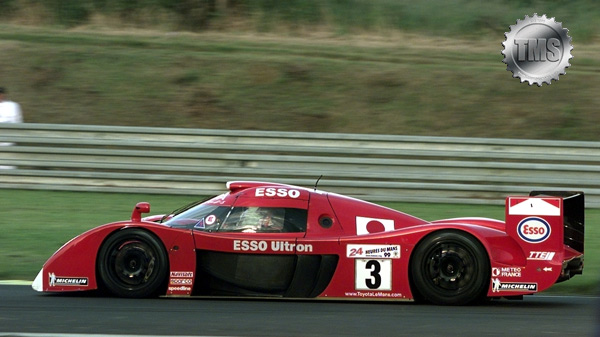
The engine had its heritage in the twin-tubo V8 which powered Toyota’s Group C cars in the late 1980s. The TTE (Toyota Team Europe) engine division, led by Norbert Kreyer, completely revised the original design, reducing the height and weight, improving fuel economy, boosting power and changing the rev range.
The first GT-One chassis ran in December 1997, less than a year from the start of the project. Initial test and development was undertaken by Martin Brundle, but later all nine drivers in the Toyota Le Mans squad were given significant time at the wheel.
In accordance with the FIA rules of the day, the GT-One had also to be developed as a legal road car. In fact the differences between the race and road versions of the car were small. On the road-going mode the rear wing was set lower and the suspension ride height was raised. A smaller fuel tank was fitted and the addition of catalytic converters ensured the vehicle complied with emissions regulations.
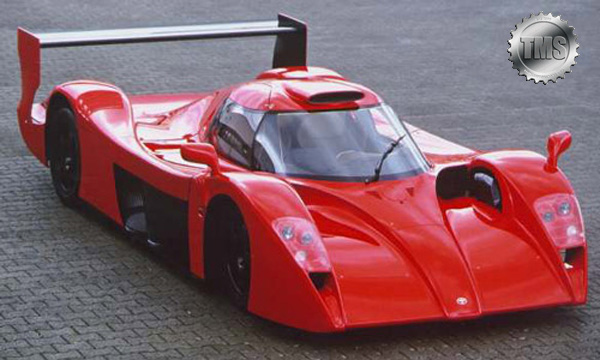
The car made its first competition appearance in the 1998 Le Mans race, qualifying in second. The team of Thierry Boutsen, Emmanuel Collard and Eric Hélary held second place in the race until the final hour when the Toyota was forced in retirement through transmission failure. Team-mates Ukyo Katayama, Toshio Suzuki and Keiichi Tsuchiya took the chequered flag in ninth position.
Toyota returned to Le Mans the following year and swept all competition aside in qualifying to claim first, second and third places on the grid in qualifying. However, in the race the number 1 and 2 cars of Brundle/Collard/Sospiri and Boutsen/Kelleners/McNish were sidelined by separate accidents.
The third car of Katayama/Suzuki/Tsuchiya made rapid progress in the second half of the race and posted a new lap record of 3h 35m 032s on its way to a second place finish. It is this car which will be appearing at the 2005 Festival of Speed, driven by Katayama.
Ukyo Katayama
Ukyo Katayama is one of the best-known Japanese drivers to have competed on the international stage. Born in Tokyo in 1963, he demonstrated early promise in junior national formulae before graduating to Japanese Formula 3 and F3000 competition. He made his Toyota Le Mans debut in 1992, driving the works TS010.
In 1991 Katayama won the Japanese F3000 championship title and made the move to Formula 1 for the 1992 season with the Larousse team.
In 1993 he began a four-season stint driving the Yamaha-powered Tyrrell, before concluding his grand prix career with Minardi in 1997. Since then Katayama has raced in the Japanese GT and driven for Toyota at Le Mans in 1998 and 1999, claiming second place in the latter race.
More recently he has enjoyed success as a mountaineer, scaling a number of peaks around the world. In 2003 bad weather held him back from conquering Everest, although he did reach the mountain’s southern peak. For the past three years his thirst for adventure has seen him at the wheel of a production Toyota in the Paris Dakar rally.
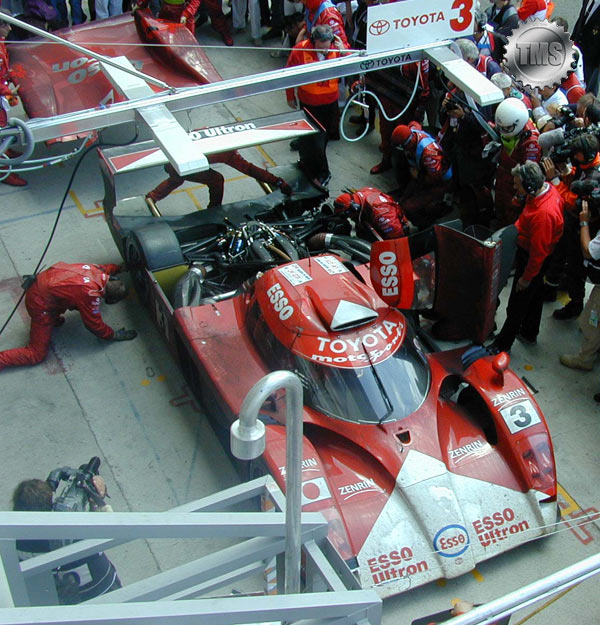
Toyota TS020 Technical Specification
Type Designation: Toyota
Chassis:
Carbon Fibre Composite, Unitary Construction
Suspension Double Wishbone With Pushrod Front/Rear
Dynamics Shock Absorbers With Remote Reservoirs
Bodywork Carbon Fibre Composite
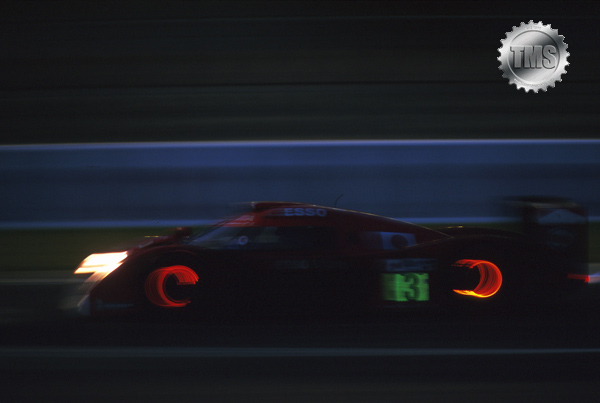
Engine
Engine: Toyota RV36V-R
Number Of Cylinders: V8
Cooling: Water-cooled
Block: Aluminium alloy
Turbochargers: 2 Garrett
Intercooler: Denso
Bore: 86mm
Stroke: 77mm
Total Displacement: 3,600cc
Fuel System: Mechanical Pump
Lubrication: Dry sump
Compression Ratio: 9.0:1
Maximum Output: 600 HP
Maximum Torque: 650 Nm
Electronics: Measurement PI Research & Bosch
Transmission
Gearbox: 6-Speed Sequential By TTE
Clutch: Sachs Quad-Plate Carbon
Electrics: TTE
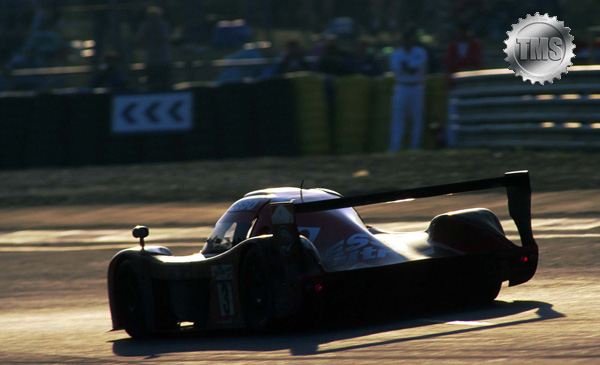
Braking
Brakes:
Front/Rear Carbon Fibre Ventilated Discs (Steel On Road Version)
AP Racing Six-pot Calipers On Race Version
ABS Braking System
Tyres & Wheels
Tyres: Michelin
Wheels: 18' Speedline Forged Magnesium
TTE Wheel Retention System
Dimensions
Height: 1125mm
Length: 4840mm
Width: 2000mm
Wheelbase: 2800mm
Track Front: 1600mm
Track Rear: 1644mm
Front Overhang: 1000 mm
Rear Overhang: 990 mm
Fuel Tank: 100 Litres Race Version (60 Litres Road Version)
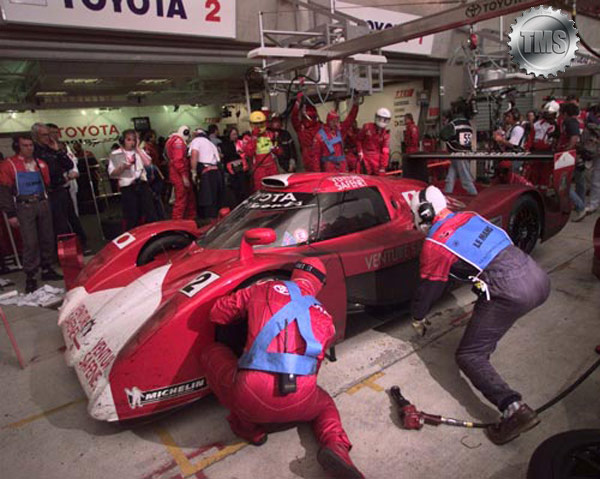 |
Copyright ©2000-©2023 TotalMotorSport
|